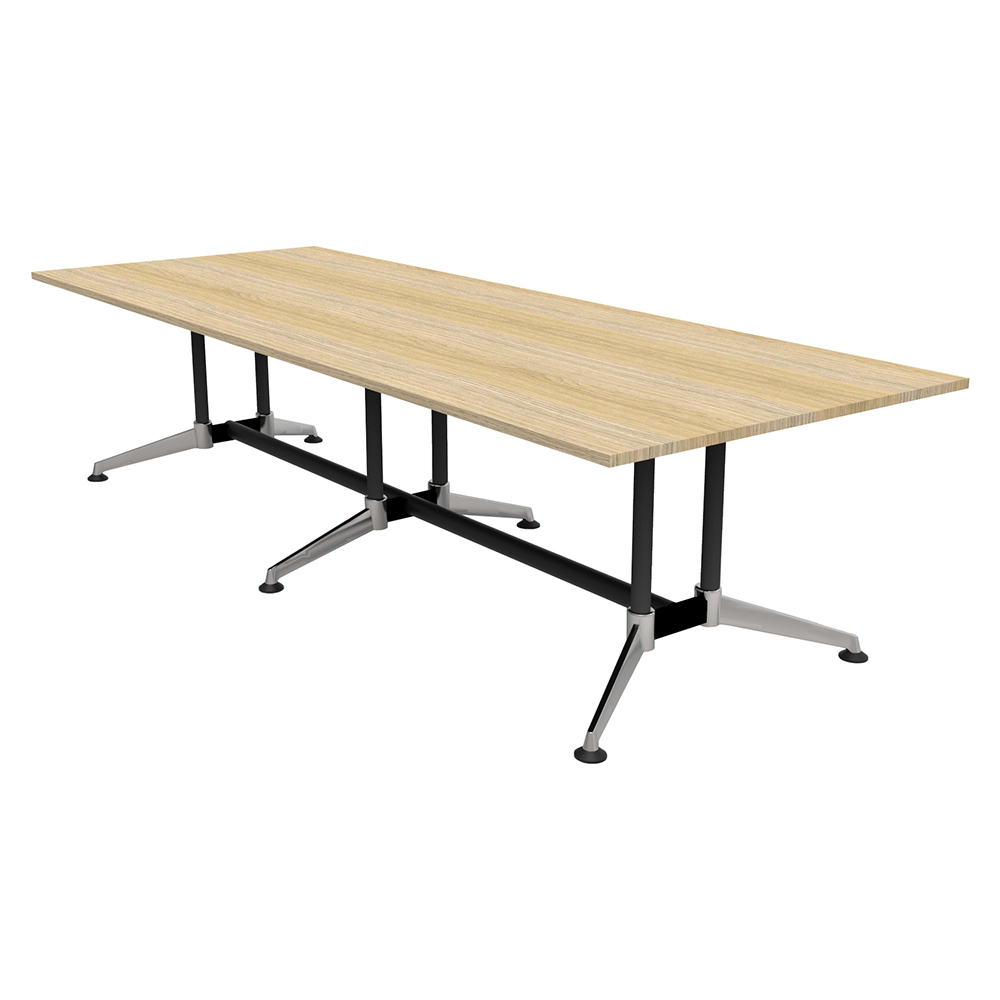Office meetings. Your staff dread them, and as a manager, you secretly don’t blame them.
In the United Kingdom for example, every year the economy loses an estimated £26 billion on meetings that could easily have been avoided with a simple email or group call.
If that wasn’t damning enough, over 70% of UK office workers feel like their company schedules too many meetings, and that the meetings themselves lack focus and clear purpose.
So what’s the solution?
Whilst many business owners and managers are beginning to realise they need to slash the amount of meetings they schedule each year and put greater emphasis on efficient communication, it’s a simple fact of life that at some point, meetings will need to happen.
If you absolutely need to schedule an office meeting, we’ve put together a few pointers for keeping things short, sweet and to the point:
Preparation is Key
Before you get everyone around the boardroom table, make sure you have a clearly defined outcome for the meeting.
Once you’ve made absolutely sure that a meeting is necessary, state the purpose when sending invites, and make sure everyone understands the agenda and has written down any points they’d like to raise beforehand.
If you’re being really efficient, you could have attendees send the points they’d like to raise via email, and craft a full agenda around each subject.
Don’t Invite the Whole Team
Ever scheduled a meeting and run out of boardroom chairs?
The worst mistake you can possibly make is to invite the whole team to a meeting. Productivity will tank, and the meeting itself will go on for far too long.
It may sound a little kitsch, but retail giant Amazon has a hard and fast rule for office meetings: The maximum number of attendees should be able to be fed with two pizzas.
Office politics be damned. Be frugal with the invites!
Ditch the Smartphones
These days, many office meetings involve a manager speaking, whilst their team sits motionless in their chairs, heads tilted down at glowing smartphone screens.
If you let staff use their smartphones during a meeting, they’ll use them to bring up all sorts of additional queries that they’ve fished out of their inboxes.
Go old school: Use pads and pens, and print off the agenda.
It might not be particularly environmentally friendly, but paper agendas are almost definitely less distracting than having your staff read from their smartphone screens.
Start the Stopwatch
Not literally of course.
That being said, time is valuable. The tips listed above should take care of the general flow of the meeting, but there needs to be a fixed time where your office meeting will wrap up.
Consider actually stating on the agenda that each team member will have a fixed amount of time to raise their chosen point. You can’t allow the conversation to slowly meander around the boardroom table. Setting a hard time limit will put a stop this.
If you really want to shake things up, have the meeting in a place that forces participants to stand. That way, they’ll be keen to conclude the proceedings in good time!
Take Notes
Every meeting should include someone who’s only role is taking notes.
After the meeting finishes, everyone that attended should be given a copy of these minutes for future reference.
Note taking keeps everyone accountable and stops further pointless meetings needing to rescheduled because someone in the team forgot their action point.
If you end a meeting not knowing who will do what and when, then the whole exercise was ultimately pointless.
In Conclusion
Office meetings needn’t be a source of dread. If you schedule them efficiently, keep things organised, and take thorough, actionable notes, you and your team might even come to enjoy the process!










